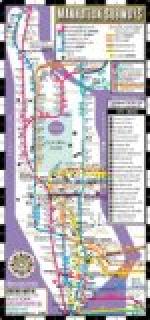The construction of the inspection shops is that which is ordinarily known as “reinforced concrete,” and no wood is employed in the walls or roof. The building is a steel structure made up of four rows of center columns, which consist of twenty-one bays of 16 feet each, supporting the roof trusses. The foundations for these center columns are concrete piers mounted on piles. After the erection of the steel skeleton, the sides of the building and the interior walls are constructed by the use of 3/4-inch furring channels, located 16 inches apart, on which are fastened a series of expanded metal laths. The concrete is then applied to these laths in six coats, three on each side, and termed respectively the scratch coat, the rough coat, and the fining coat. In the later, the concrete is made with white sand, to give a finished appearance to the building.
The roof is composed of concrete slabs, reinforced with expanded metal laths and finished with cement and mortar. It is then water-proofed with vulcanite water-proofing and gravel.
In this connection it might be said that, although this system of construction has been employed before, the building under consideration is the largest example of this kind of work yet done in the neighborhood of New York City. It was adopted instead of corrugated iron, as it is much more substantial, and it was considered preferable to brick, as the later would have required much more extensive foundations.
The doors at each of the bays of the building are of rolling steel shutter type, and are composed of rolled-steel strips which interloop with each other, so that while the entire door is of steel, it can easily be raised and lowered.
[Sidenote: Capacity and Pit Room]
All of the tracks in the north and middle bays are supplied with pits for inspecting purposes, and as each track has a length sufficient to hold six cars, the capacity of these two bays is fifty-four cars.
The inspection pits are heated by steam and lighted by electric light, for which latter purpose frequent sockets are provided, and are also equipped with gas pipes, so that gas torches can be used instead of gasoline.
[Sidenote: Trolley Connection]
As usual in shops of this kind, the third rail is not carried into the shops, but the cars will be moved about by means of a special trolley. In the middle bay this trolley consists of a four-wheeled light-frame carriage, which will run on a conductor located in the pit. The carriage has attached to it a flexible wire which can be connected to the shoe-hanger of the truck or to the end plug of the car, so that the cars can be moved around in the shops by means of their own motors. In the north bay, where the pits are very shallow, the conductor is carried overhead and consists of an 8-pound T-rail supported from the roof girders.
The middle bay is provided with a 50-ton electric crane, which spans all of the tracks in this shop and is so arranged that it can serve any one of the thirty cars on the five tracks, and can deliver the trucks, wheels, motors, and other repair parts at either end of the shops, where they can be transferred to the telpherage hoist.




